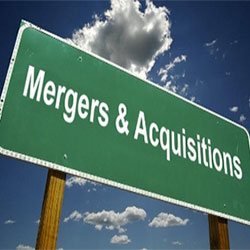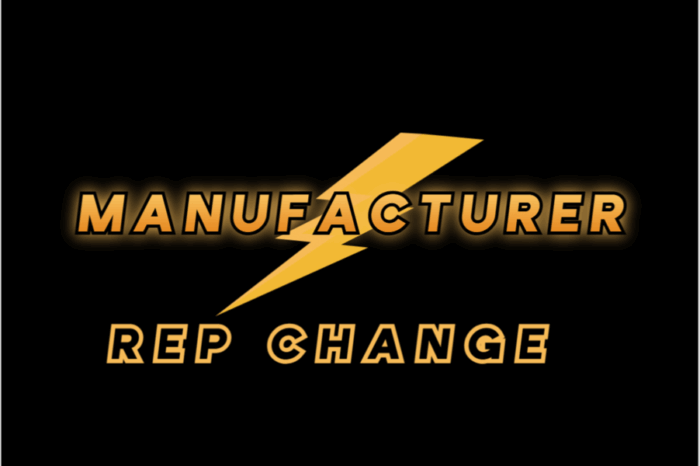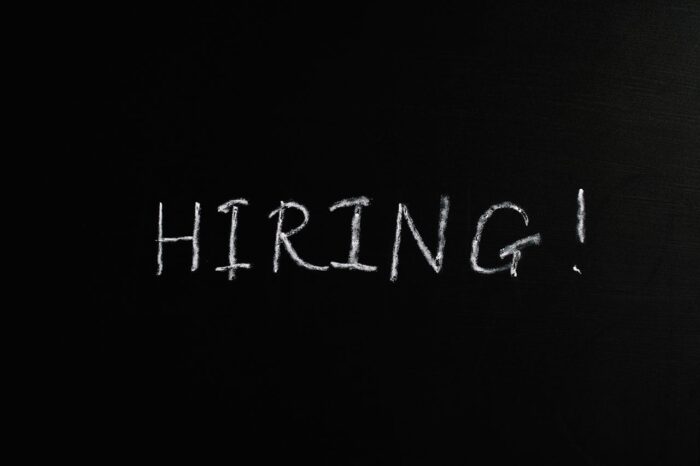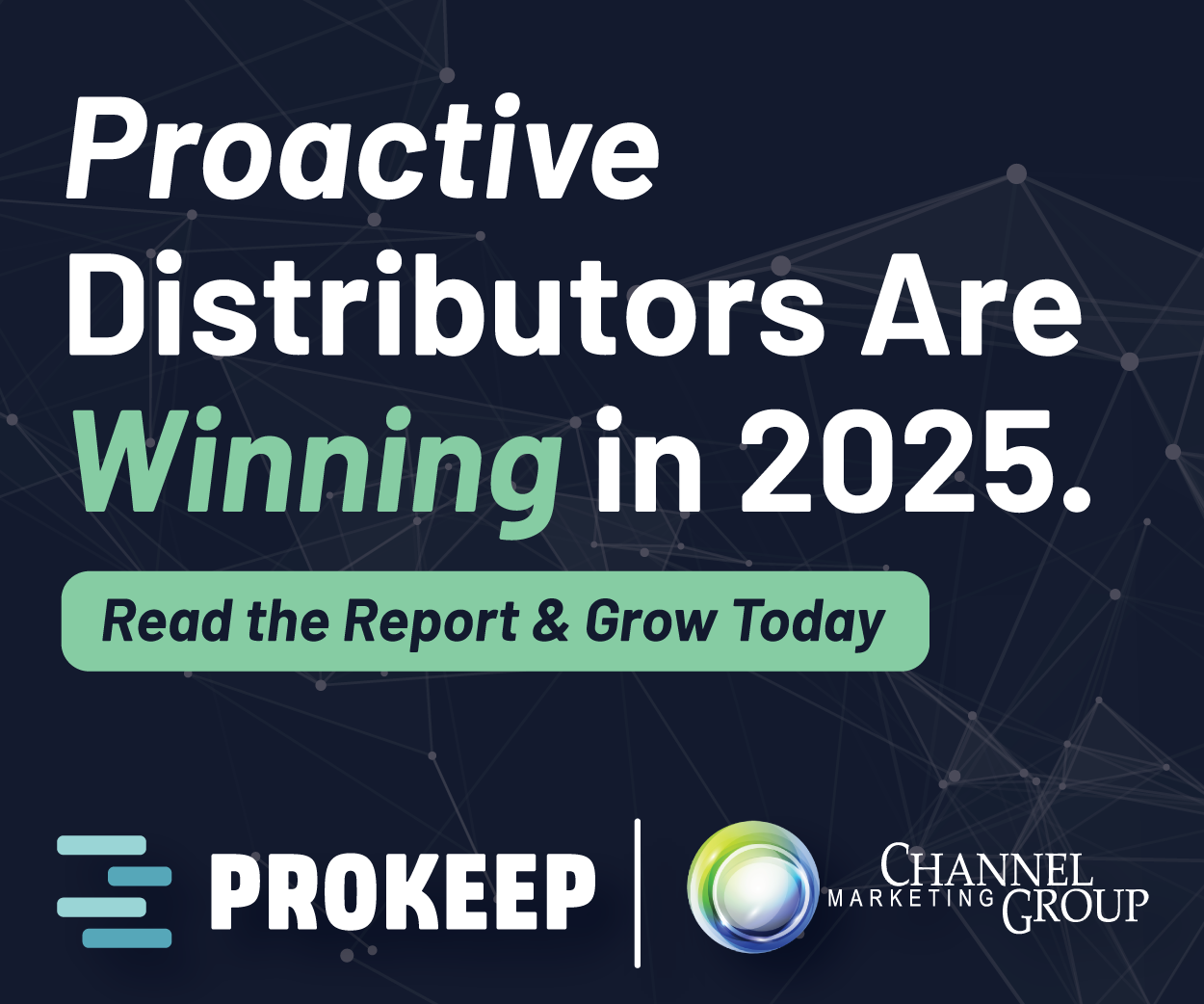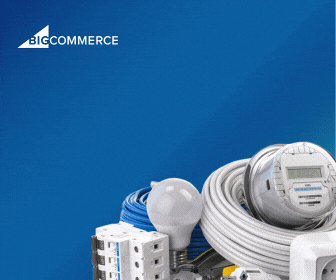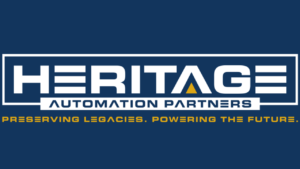Southwire Comments on EO 14220 Relating to Copper Imports
 Since President Trump signed Executive Order 14220 on February 25th titled “Addressing the Threat to National Security from Imports of Copper” the price of copper …
Since President Trump signed Executive Order 14220 on February 25th titled “Addressing the Threat to National Security from Imports of Copper” the price of copper …
- On 2/25/25 was $4.4860
- On 3/3/205 was $4.5765
- On 3/19/25 was $5.0760
- On 3/26/25 was $5.2160 (its height)
- On 4/7/25 was $4.1275 (is low)
- On 4/16/25 was $4.6865
Or “what goes up, comes down, to go back up.” It’s been a rollercoaster.
I’ve seen various stories about copper being shipped in, and warehoused, to avoid potential tariffs, the state of the scrap market, market manipulation and more. Whatever the reason, it creates challenges for the electrical industry.
Historically, the wire / cable market is 15-20% of electrical industry sales. When you add in other products that use the red metal, the impact on the industry is much greater. And Southwire is the market leader.
Chris Sokoll from DISC shared thoughts on this in February when he increased awareness of this EO. He commented, “The order initiates a comprehensive investigation into the effects of copper imports, potentially leading to tariffs or quotas that could drastically increase domestic copper prices and disrupt supply chains. Any resulting price increases would directly impact the cost of manufacturing electrical components and infrastructure, potentially causing delays in projects and affecting the availability of materials for development and maintenance.”
Copper Investigation Ordered by EO 14220 Is Underway
Metal.com recently had an article that shared feedback on the US Department of Commerce’s public comment market. The article highlights input from Rio Tinto, Southwire, Freeport-McMoRan and the world’s largest copper trader. (Note: I italicized areas that I felt were of interest / important.)
“In the public comment period of the Section 232 investigation conducted by the US Department of Commerce, mining giant Rio Tinto Group, copper wire manufacturer Southwire, and trader Trafigura Group all recommended that the US government should restrict copper exports rather than impose tariffs on copper imports.
Rio Tinto wrote in its feedback, “The Trump administration should consider export restrictions on domestically produced copper concentrates and copper scrap.”
Southwire pointed out, “The government should focus on regulatory reforms and restricting US copper exports as the primary means to promote the development of the US copper industry.”
It is understood that the US is the world’s largest exporter of copper scrap and also exports copper ore. However, due to insufficient domestic refining capacity, US companies still need to import a large amount of refined copper metal. Therefore, they hope that Trump will not impose import tariffs on copper metal.
Trafigura Group believes that potential tariffs should target copper finished products, such as copper wire, copper pipe & tube, and copper strip. The world’s largest copper trader also recommended that the US government “temporarily exempt refined copper imports from tariffs until new mining and smelting capacities are built.”
US copper miner Freeport-McMoRan did not make specific recommendations on tariffs, but the company emphasized that the US should support free trade, “Promoting free and fair trade with US allies will ensure that US copper supply needs are met.”
Freeport-McMoRan wrote in its survey feedback, “In 2024, the US imported about 50% of its copper cathode demand from Chile, Canada, Peru, and other countries, which is necessary due to the lack of potential production capacity in the US.”
US companies also proposed a series of recommendations to support the development of the US copper industry, including introducing tax credit policies, simplifying the permitting process for new mines, and imposing tariffs on semi-finished products with higher copper content. Many companies pointed out that one of the biggest current challenges is how to encourage investment in new smelting capacity.
There are currently only three copper smelters in the US, one of which, the Hayden plant, is in a shutdown state. The plant’s owner, Asarco LLC, requested in its submission to relax emission detection requirements to enable the restart of production.
Thoughts
- The report is due 270 days from the date of the Executive Order, so around Thanksgiving, at the latest. What will happen … no one knows.
- Southwire should be commended for contributing input. Other wire / cable manufacturers hopefully will do similarly, if they still can. Worst case, as they say, “contact your Senator / Representative” or there must be ways to reach the appropriate people in the Department of Commerce.
- Other manufacturers, who are heavy consumers of copper, should also reach out and be heard. And those that rely on imports could be visibly absent from contributing to the process.
- Perhaps NEMA or NAED could, essentially, poll their manufacturer members to see who has shared concerns with the administration.
- The electrical industry’s associations (NEMA, NEMRA, NAED, and NECA) touted that they have all hired lobbyists as part of the Alliance to Electrify America. This is an issue that all should be able to coalesce around and present the appropriate case to the administration to help 1) inform and 2) potentially shape policy … and report back to the industry about the manufacturers who are supportive. By publicly acknowledging, the appropriate companies can be commended for supporting the industry.
- And others that have their own lobbyists can also participate, or however they may have some influence / ability to communicate.
The alternative is that the price of copper could rise. While, theoretically, this is good as a margin, or rebate, on a higher price is more income, the challenge is that if pricing gets too high it can, and probably would, restrict the business and demand could suffer as construction costs, driven by material costs, rise (and sometimes manufacturers and/or distributors are challenged in passing through the increased costs.)
Perhaps an industry united can affect change?
Would you prefer higher priced copper? Do you think that others in the industry should comment on this issue? If so, reach out to your association’s leadership.



